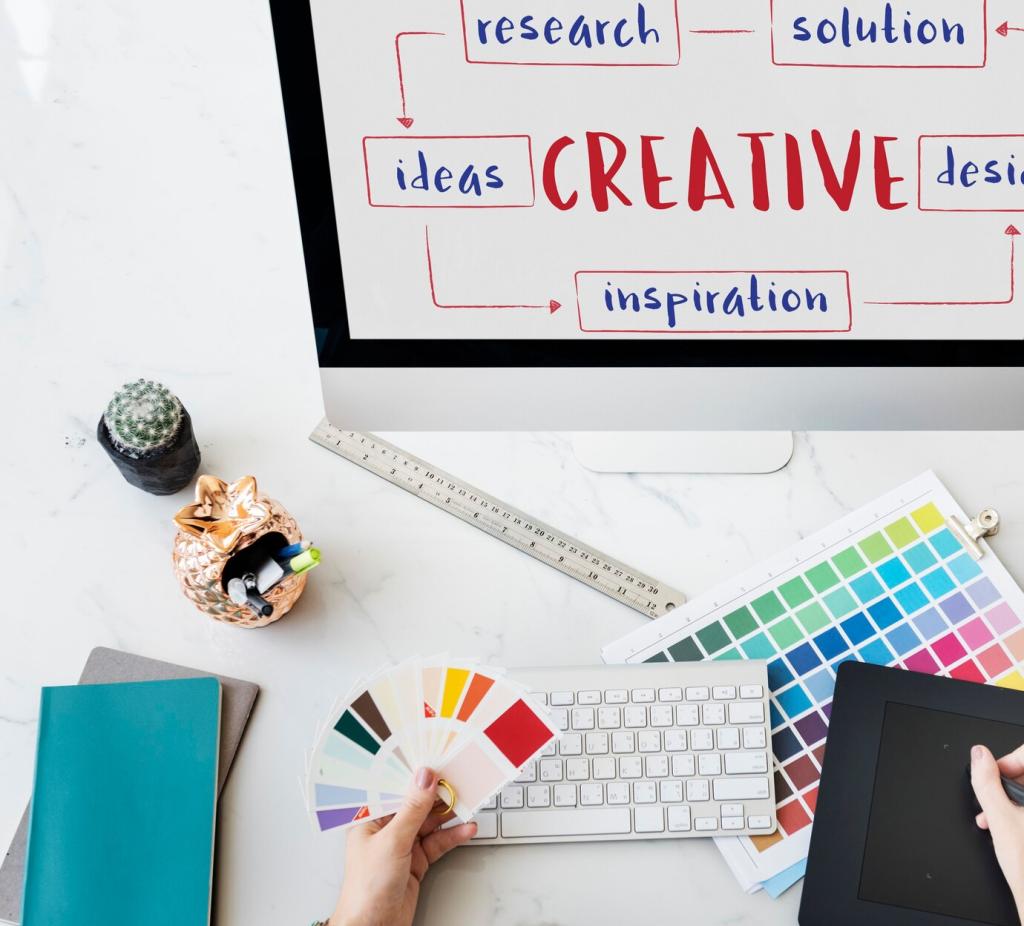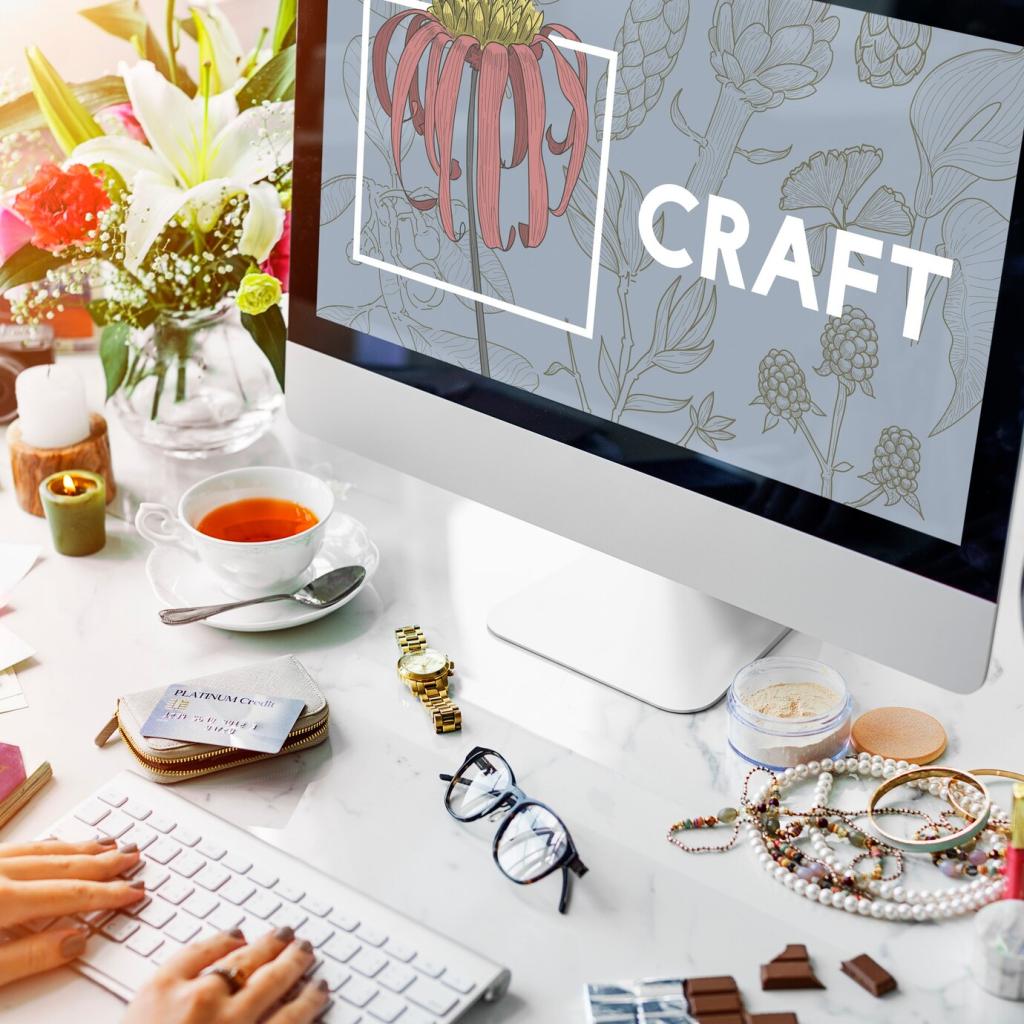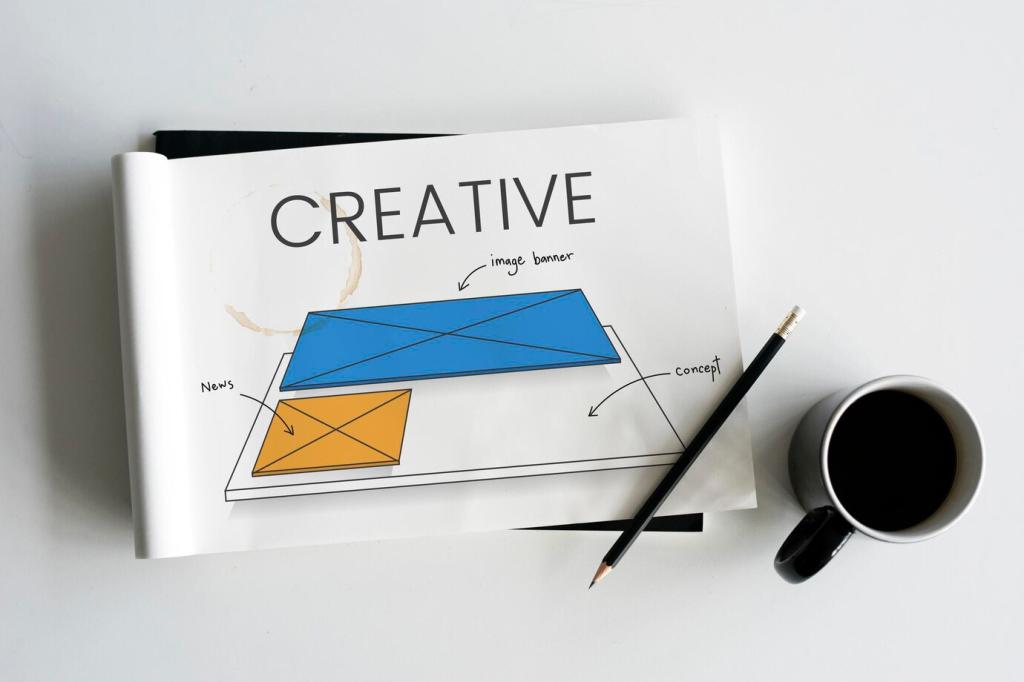Crafting a Brand Voice for Interior Design Firms
Chosen theme: Crafting a Brand Voice for Interior Design Firms. Welcome to a space where words shape rooms, tone frames trust, and your studio’s personality becomes as recognizable as your signature palette. Read on, comment with your questions, and subscribe for ongoing voice-building inspiration tailored to design professionals.


Define Your Studio’s Personality
Consider archetypes like The Curator, The Artisan, or The Modernist. Each provides tone guardrails—scholarly versus tactile, minimal versus expressive—so your messaging consistently mirrors the aesthetic experiences you deliver in every finished room.
Define Your Studio’s Personality
Choose three voice traits—such as thoughtful, warm, and precise—and list proof points for each. Tie warmth to client testimonials, thoughtfulness to space planning insights, and precision to documented timelines and on-site coordination.
Audience Insights That Shape Your Voice
Client Personas Beyond Demographics
Move past square footage and zip codes. Identify frustrations like renovation fatigue or decision paralysis, and aspirations like hosting holidays or reclaiming morning light. Your voice should validate feelings and offer a calm path forward.
Listening Where Clients Speak
Mine intake forms, site visit notes, and DMs for phrasing clients already use. Mirror their vocabulary—whether they say airy, grounded, or layered—to create instant resonance without sacrificing your professional clarity and confidence.
Translating Insights Into Tone
If clients crave assurance, lead with process clarity and milestones. If they seek artistry, foreground concept, materials, and mood. Prioritize what they value most, then weave your differentiators through that guiding thread.
Messaging Pillars for Interior Design
Position function and feeling as inseparable. Explain how circulation patterns, storage solutions, and lighting plans serve rituals—morning coffee, bedtime reading, spontaneous gatherings—so every design decision supports daily life with tenderness and intention.


Website and Portfolio Captions
Write captions that pair design intent with measurable outcomes. For example: “We softened acoustics with wool felt panels, enabling focused work and impromptu collaboration—without compromising the studio’s luminous, gallery-like character and circulation flow.”

Social Media and Reels
On fast channels, stay friendly and succinct. Offer micro-lessons: a 10-second clip on layering textures, a swipe showing tile scale testing. Invite conversation: ask followers which vignette feels most inviting and why.


Consistency Without Monotony
Document do’s and don’ts, sample phrases, and tone shifts by scenario. Keep examples from real projects and update quarterly, ensuring your team internalizes the voice through repetition and practical, context-rich references.
Consistency Without Monotony
Plan recurring series: Material Monday, Process Peek, Client Rituals, and Local Maker Spotlights. A calendar reduces guesswork, preserves consistency, and gives audiences dependable reasons to return, comment, and share with friends.
Measure, Iterate, and Involve Clients
Monitor saves on educational posts, inquiry quality, close rates, and proposal comprehension scores. Pair metrics with qualitative insights from calls to reveal where tone clarifies value—or where it needs sharpening.
Measure, Iterate, and Involve Clients
Add a one-question check-in: “Is this explanation helpful?” Capture language they echo in meetings and weave it back into copy. Clients feel heard; your voice grows truer to real concerns and desires.


